It’s a rugged forested area along the western Ontario shore of the vast Lake Superior.
The Nature Conservancy of Canada has announced it has completed the acquisition of 1,000 hectares of land around Big Trout Bay.
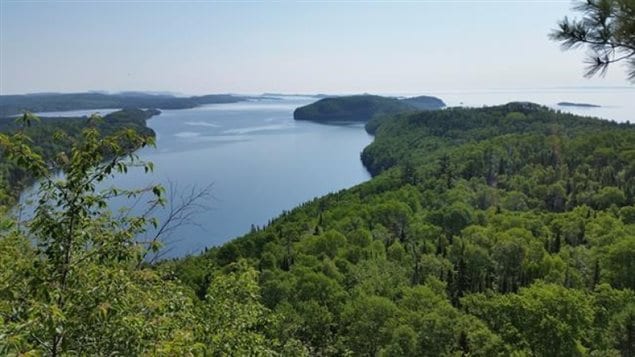
It is one of the last large undeveloped areas of private land along the Superior shore. The Canadian Press quotes Nature Conservancy’s Ontario vice-president James Duncan saying the shoreline was already slated for development. “There was zoning in place for 300 cottage lots along this 21-kilometre stretch of shoreline.”
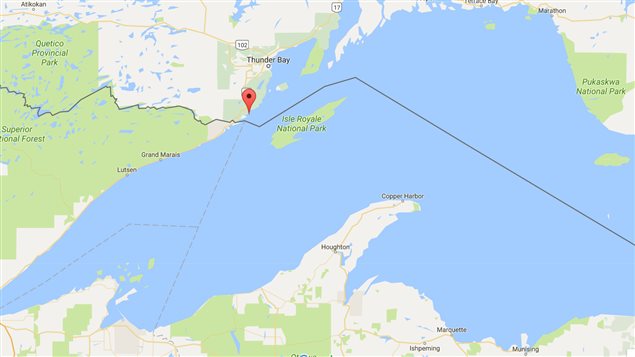
On the Conservancy’s website he said, “This is a massive international undertaking, but when faced with the potential loss of habitat and wildlife on the largest freshwater lake in the world, thinking big is essential. Most importantly, this project gives us hope that the landscapes we love today will be here for others to enjoy tomorrow. It’s an extraordinary opportunity to make substantive and tangible progress on our overall goal of protecting Lake Superior’s North Shore.”
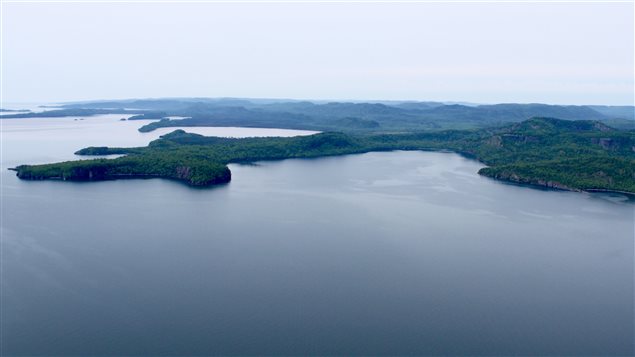
Acquired for 8.5 million dollars, the funding came from a variety of sources in an international conservation effort. These included funding from the Government of Canada through the Natural Areas Conservation Program, and with the generous partnership of the JA Woollam Foundation, the Margaret A. Cargill Foundation, the Bobolink Foundation, the Rogers Foundation, The Nature Conservancy’s Wisconsin and Minnesota programs, The Conservation Fund, Green Leaf Advisors and many individual donors in both the United States and Canada.
The area will be open to low-impact visitors like hikers.
The Nature Conservancy has also recently acquired a 917 hectare ranch in the foothills of Alberta.
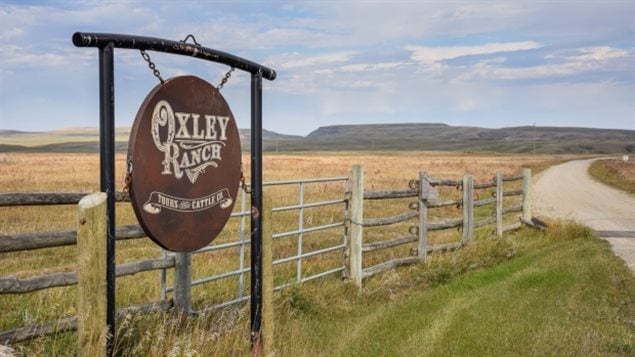
The Oxley Ranch was established 135 years ago and is still a working ranch. The deal with NCC means it will be preserved from any future development such as farming or other development which would change the land. In partnership with owners it will continue to operate as a ranch. The southern foothills area remain one of the few remaining territories with relatively intact fescue grasslands in Alberta, of which less than five per cent is thought to remain across Canada.
Alberta’s Eastern Slopes contain the last one per cent of the Canadian Great Plains that remain intact, and have enough space to accommodate natural large wildlife, including bears, cougars and wolves.
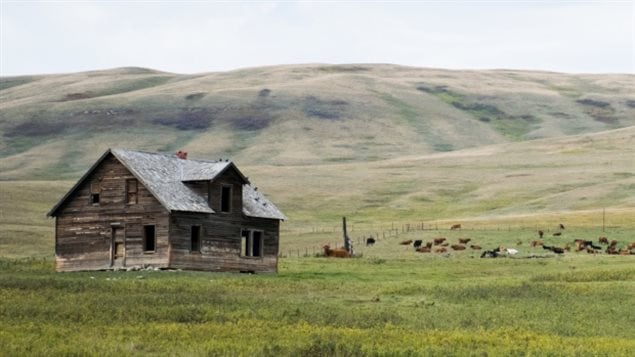
The non-profit Nature Conservancy was created in 1962 to protect natural areas along with the species that inhabit them and to date has set aside for preservation some 1.1 million hectares from coast to coast to coast.
Additional information- sources
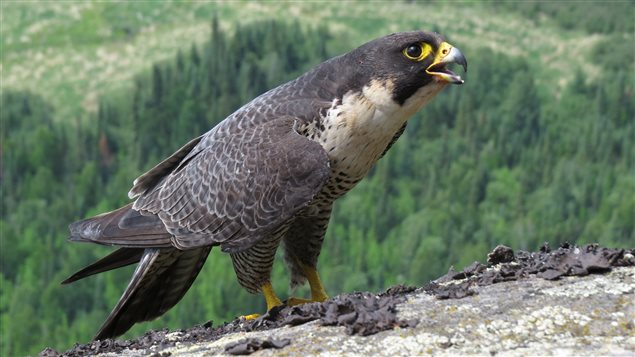






For reasons beyond our control, and for an undetermined period of time, our comment section is now closed. However, our social networks remain open to your contributions.